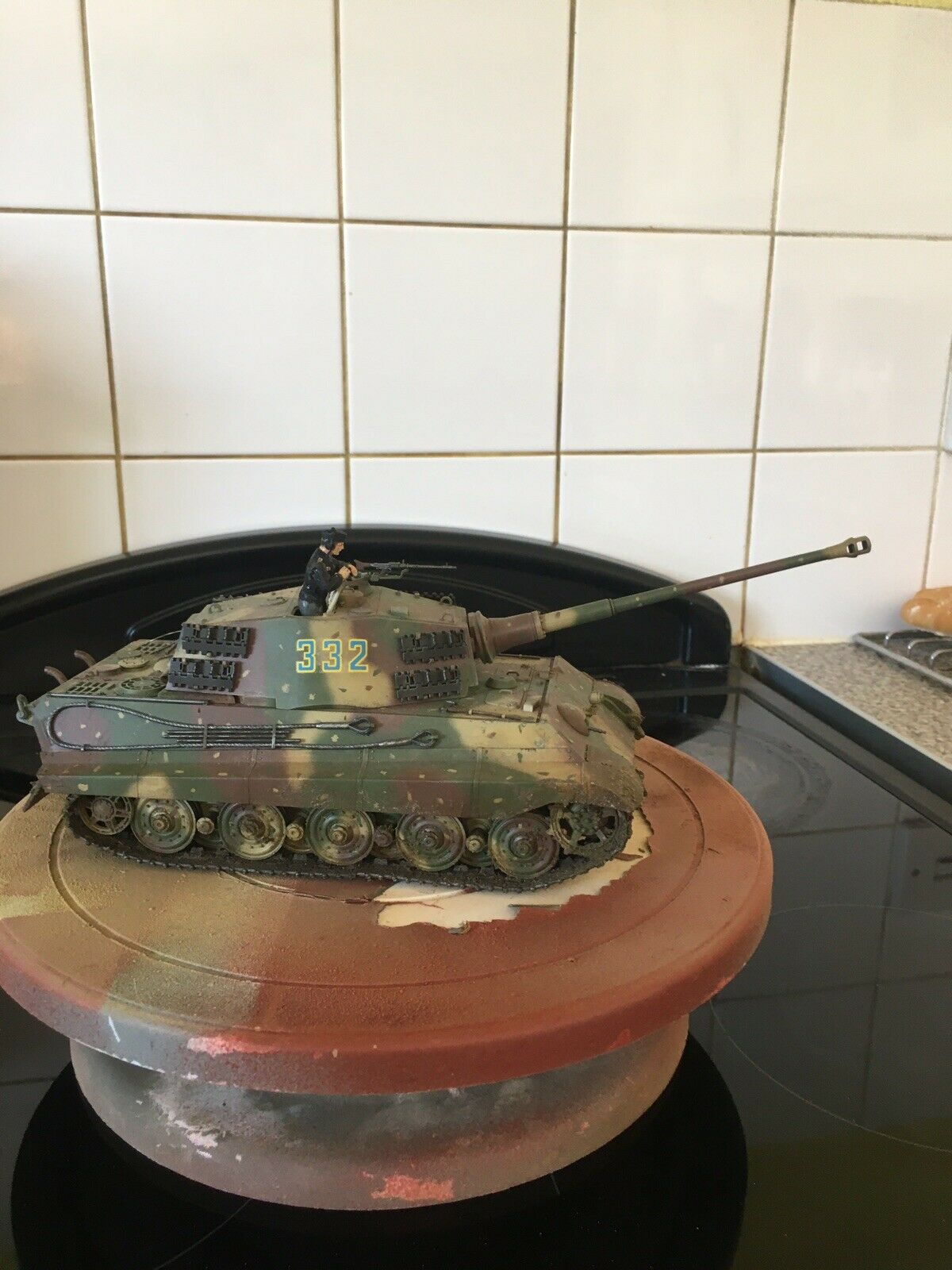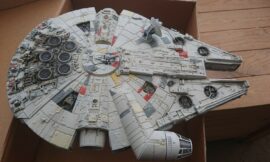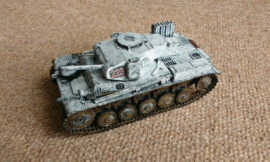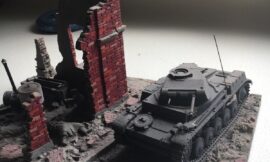The King Tiger: Germany’s Ultimate Heavy Tank of World War II
The Panzerkampfwagen Tiger Ausf. B, more commonly known as the King Tiger or Tiger II, was one of Nazi Germany’s most formidable heavy tanks during World War II. With its unparalleled firepower, thick armor, and advanced engineering, the King Tiger represented the pinnacle of German tank design and was a formidable opponent on the battlefield.
Development and Design
The development of the King Tiger began in 1942, as a response to the increasingly powerful Soviet and Allied tanks. The German High Command sought a tank that could dominate the battlefield with superior firepower and armor. The design process was entrusted to Henschel and Porsche, both of which submitted prototypes. The Henschel design, designated as VK 45.02 (H), was ultimately selected for production due to its more conventional and reliable design compared to the Porsche prototype.
The King Tiger featured an imposing and advanced design. Its main armament was the 88mm KwK 43 L/71 gun, one of the most powerful tank guns of the war. This weapon was capable of penetrating the armor of any Allied tank at long ranges. The King Tiger’s armor was another standout feature, with 150mm thick frontal armor sloped at 50 degrees, making it virtually impervious to most Allied anti-tank weapons.
The tank’s weight, over 70 tons, necessitated a powerful engine. The King Tiger was equipped with a Maybach HL 230 P30 V12 engine, capable of producing 700 horsepower. However, this engine was underpowered for such a heavy vehicle, leading to mechanical reliability issues.
Production and Variants
Production of the King Tiger began in 1944, with the first units seeing combat during the summer of that year. Approximately 492 King Tigers were built before the end of the war. Production was hampered by Allied bombing raids, material shortages, and the complexity of the tank’s design, which made manufacturing slow and labor-intensive.
There were two main variants of the King Tiger: the initial production model with the Porsche turret and the later, more common Henschel turret. The Porsche turret had a rounded front, which created a shot trap where incoming rounds could ricochet into the thinner roof armor. The Henschel turret featured a simpler, more angular design that eliminated this vulnerability.
Combat Performance
The King Tiger saw action on both the Eastern and Western fronts. Its first major engagement was during the Battle of Normandy in mid-1944, where it proved devastatingly effective against Allied armor. The King Tiger’s 88mm gun could destroy Allied tanks at ranges where they could not effectively return fire, creating a significant tactical advantage.
In the Battle of the Bulge, the King Tiger was deployed in significant numbers, where it again demonstrated its superior firepower and armor. However, the tank’s heavy weight and mechanical reliability issues limited its operational effectiveness. It was prone to breakdowns and difficult to recover or repair in the field. Additionally, its fuel consumption was high, making it challenging to keep supplied during extended operations.
On the Eastern Front, the King Tiger faced off against the formidable Soviet IS-2 tanks. While the King Tiger had superior firepower and armor, the IS-2 was more maneuverable and mechanically reliable. Nevertheless, the King Tiger maintained a fearsome reputation among Soviet tank crews.
Strengths and Weaknesses
The King Tiger’s strengths lay in its powerful 88mm gun and its thick, sloped armor. The gun could penetrate the armor of any Allied tank at long ranges, and the armor provided excellent protection against most anti-tank weapons. These features made the King Tiger a formidable opponent on the battlefield.
However, the tank had several significant weaknesses. Its mechanical reliability was poor, with frequent breakdowns and maintenance issues. The Maybach engine was underpowered for the tank’s weight, leading to mobility problems. The King Tiger’s heavy weight also made it difficult to transport and limited its ability to cross certain bridges or traverse rough terrain. Its high fuel consumption was another logistical challenge, especially in the resource-constrained environment of late-war Germany.
Legacy
Despite its shortcomings, the King Tiger remains one of the most iconic tanks of World War II. Its design influenced post-war tank development, particularly in terms of firepower and armor protection. The King Tiger’s fearsome reputation and formidable battlefield performance have cemented its place in military history.
Today, several King Tigers are preserved in museums around the world, serving as a testament to the technological advancements and the challenges of armored warfare during World War II. The King Tiger’s legacy endures as a symbol of the extremes of tank design and the ongoing evolution of armored warfare.









